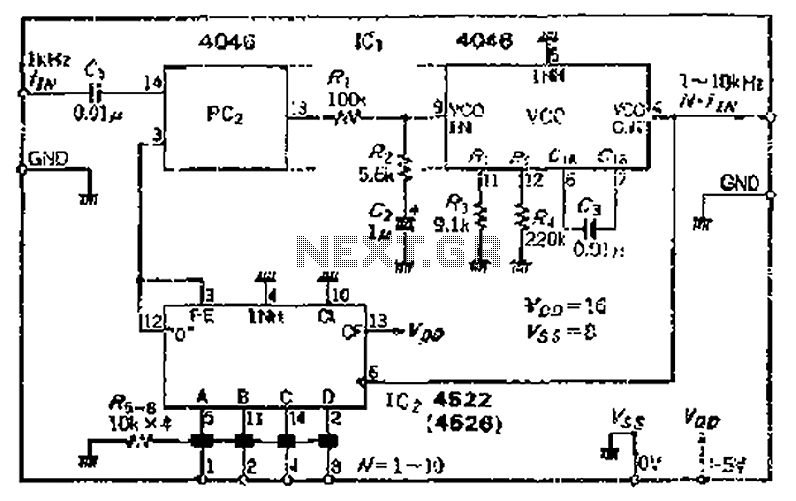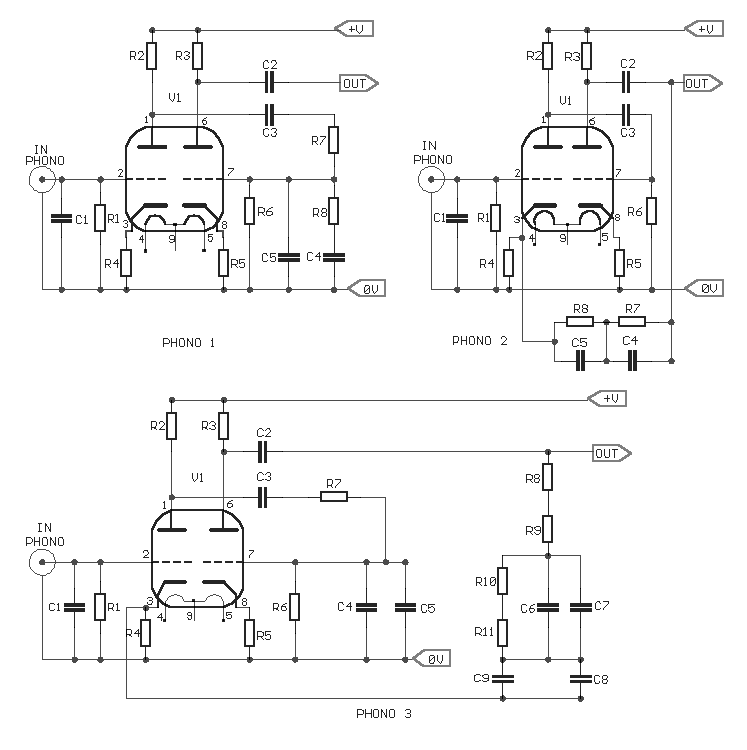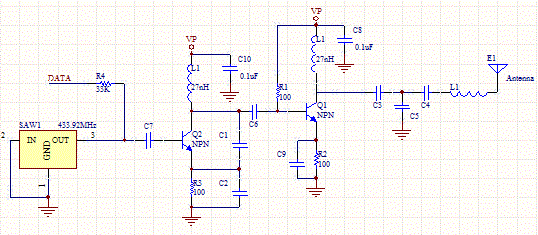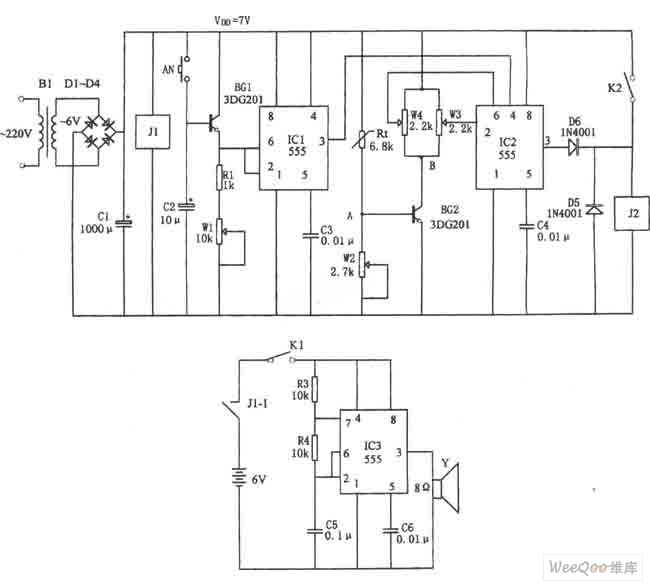
Super lock circuit diagram
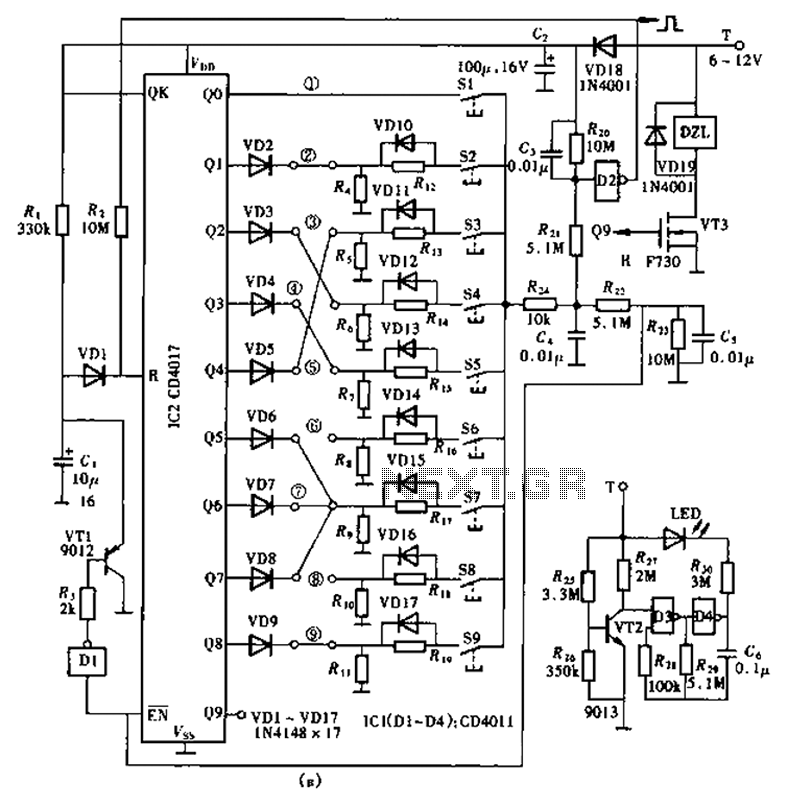
The lock circuit utilizes a decimal counter CD4017, which consists of ten output terminals. These terminals are connected through a combination that corresponds to a group of passwords, allowing for a maximum of up to 100 million combinations, hence referred to as a super-lock. The circuit is relatively simple and comprises a CD4017 along with a password input switching circuit and related ancillary components.
The circuit design features the CD4017 decade counter, which is capable of counting from 0 to 9, with each output terminal representing a specific count. In this application, the outputs are utilized to manage the locking mechanism based on the input of a specific password. When a valid password is entered through the input switching circuit, the corresponding output of the CD4017 is activated, allowing it to trigger a relay or another locking mechanism.
In terms of implementation, the circuit requires a power supply compatible with the operating voltage of the CD4017, typically between 3V to 15V. The password input switching circuit can be constructed using a matrix of push buttons, where each button corresponds to a digit in the password. The use of diodes in the matrix is critical to prevent ghosting and ensure that only the intended button press is registered.
The ancillary components may include resistors for pull-down configurations, capacitors for debouncing the switches, and possibly a microcontroller for additional functionality such as password management or logging attempts. The inclusion of a display, such as a 7-segment display, can provide visual feedback to the user, indicating whether the entered password is correct or incorrect.
Overall, this lock circuit design not only emphasizes security through a high number of password combinations but also maintains simplicity in its construction, making it suitable for various applications where enhanced security is required. As shown in the lock circuit by a decimal counter CD4017 composed by ten its output terminal is connected through a combination of the number of passwords the group consisting of up to 100 million group, can be called super-lock, which circuit is shown in shown. Circuit relatively simple, consisting of a CD4017 and 10 password input switching circuit related and ancillary components.
The circuit design features the CD4017 decade counter, which is capable of counting from 0 to 9, with each output terminal representing a specific count. In this application, the outputs are utilized to manage the locking mechanism based on the input of a specific password. When a valid password is entered through the input switching circuit, the corresponding output of the CD4017 is activated, allowing it to trigger a relay or another locking mechanism.
In terms of implementation, the circuit requires a power supply compatible with the operating voltage of the CD4017, typically between 3V to 15V. The password input switching circuit can be constructed using a matrix of push buttons, where each button corresponds to a digit in the password. The use of diodes in the matrix is critical to prevent ghosting and ensure that only the intended button press is registered.
The ancillary components may include resistors for pull-down configurations, capacitors for debouncing the switches, and possibly a microcontroller for additional functionality such as password management or logging attempts. The inclusion of a display, such as a 7-segment display, can provide visual feedback to the user, indicating whether the entered password is correct or incorrect.
Overall, this lock circuit design not only emphasizes security through a high number of password combinations but also maintains simplicity in its construction, making it suitable for various applications where enhanced security is required. As shown in the lock circuit by a decimal counter CD4017 composed by ten its output terminal is connected through a combination of the number of passwords the group consisting of up to 100 million group, can be called super-lock, which circuit is shown in shown. Circuit relatively simple, consisting of a CD4017 and 10 password input switching circuit related and ancillary components.

